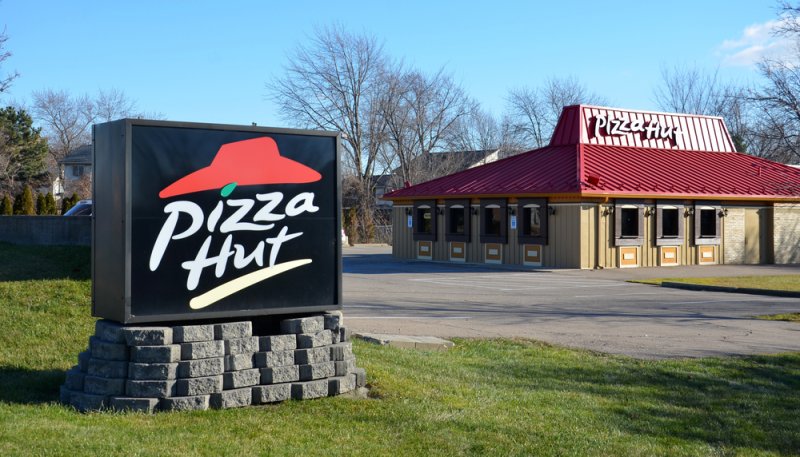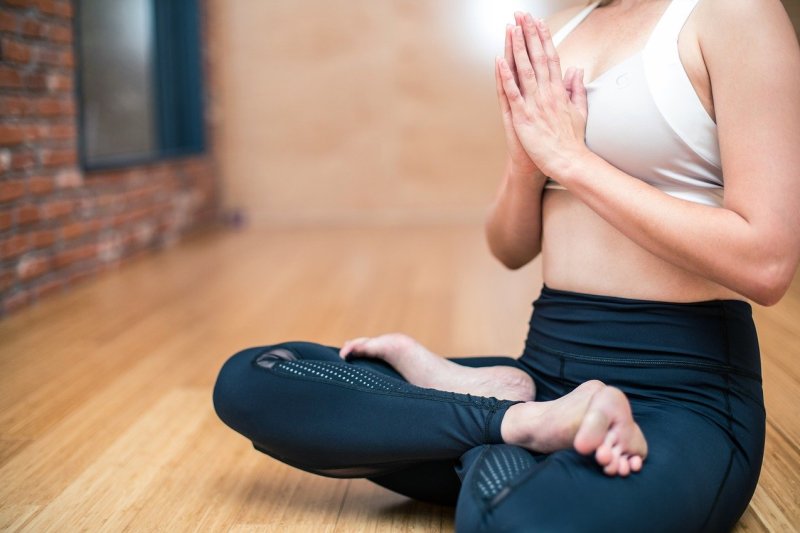BUT WALL ST BOOMS

More than 300 Pizza Hut locations with dine-in restaurants will close in the United States, following the bankruptcy of one of the company's largest franchisees, the company announced Monday. Photo by Susan Montgomery/Shutterstock
Aug. 17 (UPI) -- As many as 300 U.S. Pizza Hut restaurant locations will close permanently in the wake of the bankruptcy of the chain's largest franchisee, the company announced Monday.
NPC International, based in Leawood, Kan., said it had reached an agreement with Yum! Brands, the parent company of Pizza Hut, to close one-quarter of its 1,227 Pizza Hut locations and make arrangements to sell the rest. NPC is the largest and oldest franchisee of Pizza Hut restaurants and operates most of the stores on the East Coast and in the Midwest.
The company didn't specify which locations would be closed, but said they would be locations with an attached restaurant. Pizza Hut has moved away from the dine-in restaurant business model to an emphasis on take-out and delivery through an app.
Pizza Hut said the 300 locations were identified as those that "significantly underperform." The chain said it would relocate employees to other Pizza Hut locations, CNN reported.
NPC filed for chapter 11 bankruptcy protection in July. Shutdowns related to the coronavirus pandemic, along with a $1 billion debt burden and rising costs of labor and food contributed to the bankruptcy, CNN reported. But even in February, the company was looking at bankruptcy, Bloomberg reported.
"With consumer behavior shifting towards more delivery than dine-in, Pizza Hut's competitors such as Domino's and Papa John's have continued to evolve their respective [delivery] models with better technology or more compelling price and product offerings," NPC said in bankruptcy filings.
NPC International will also sell its 385 Wendy's restaurants, a fraction of the total of 6,500 in the United States, the bankruptcy agreement says.
RELATED Chipotle to close 60 stores in restructuring effort
NPC employs about 7,500 full-time employees and 28,500 part-time employees at both Pizza Hut and Wendy's in 30 states, the company said.
RELATED NFL replaces Papa John's, names Pizza Hut as new official pizza sponsor
RELATED Chipotle taps former Taco Bell executive Brian Niccol as CEO
upi.com/7030155











